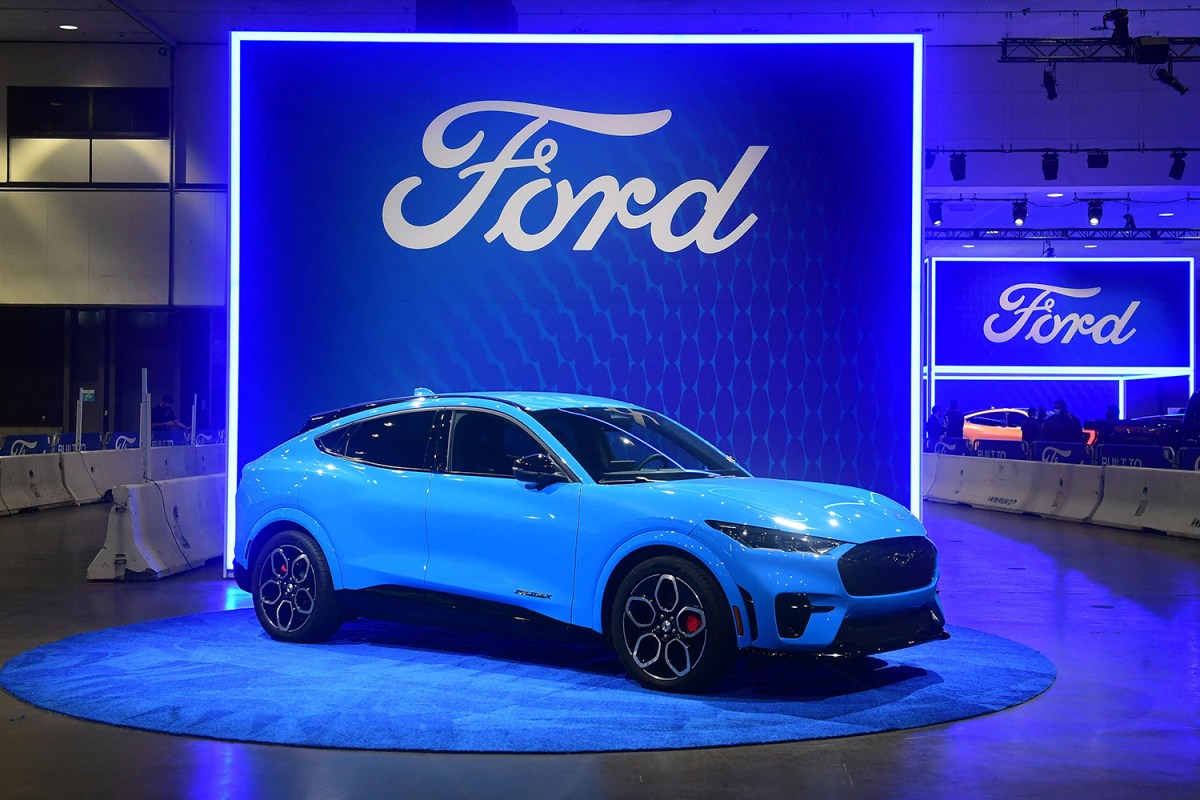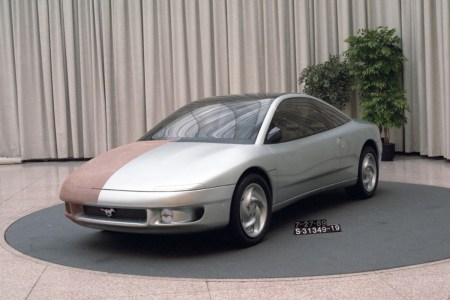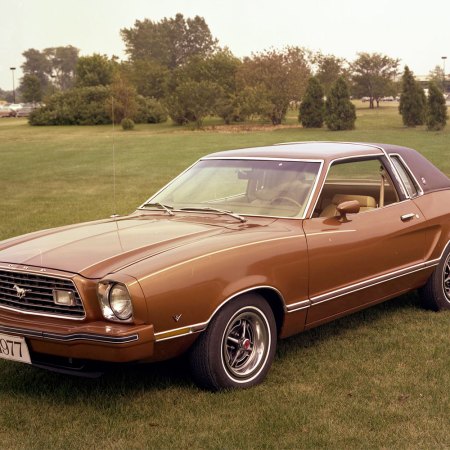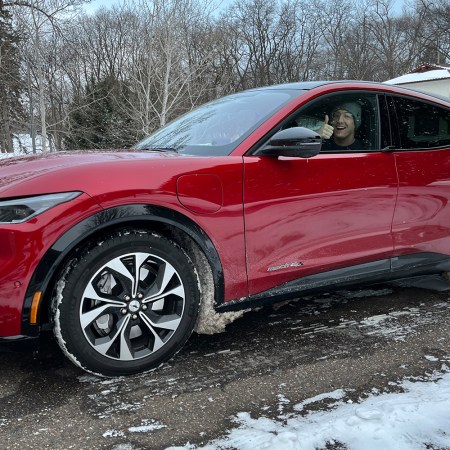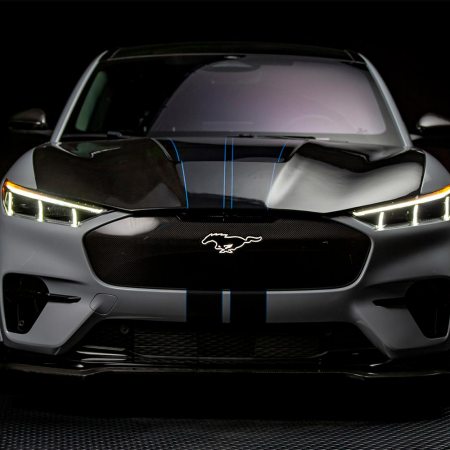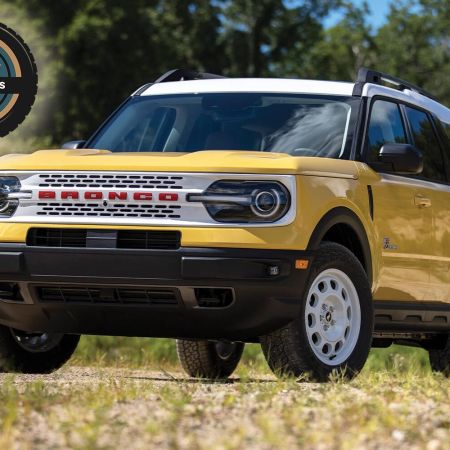April marks the 60th anniversary of the Ford Mustang, which has been in production since 1964. To recognize the occasion, InsideHook is running stories all month long celebrating, dissecting and probing the legacy of the world’s first pony car. Here’s to another 60 years.
When Ford unveiled their first major electric vehicle, they decided to roll the dice. The Mustang Mach-E, presented to the public in 2019, wasn’t controversial because of its powertrain (electric cars were relatively well established) or its design (the increasingly popular crossover style). It was a lightning rod because the electric SUV was given the Mustang name, which amounted to a major left turn for a historic line of two-door pony cars.
“Just like the vast majority of the [car] community, we asked, ‘Why did you have to name it Mustang?’” Jaron Cole, founder of the Mustang Fan Club, an online group of owners and enthusiasts, tells InsideHook.
Cole, who lives in Concord, NC, says Ford actually invited him to be part of a focus group while the Mach-E was in development. Heading into the same room where the Ford GT was created, he had the chance to chat with the team working on the EV from the enthusiast perspective, asking all of the pertinent questions to understand why an electric family hauler deserved the galloping horse logo.
“I was initially hesitant,” he says, “but I accept it now.”
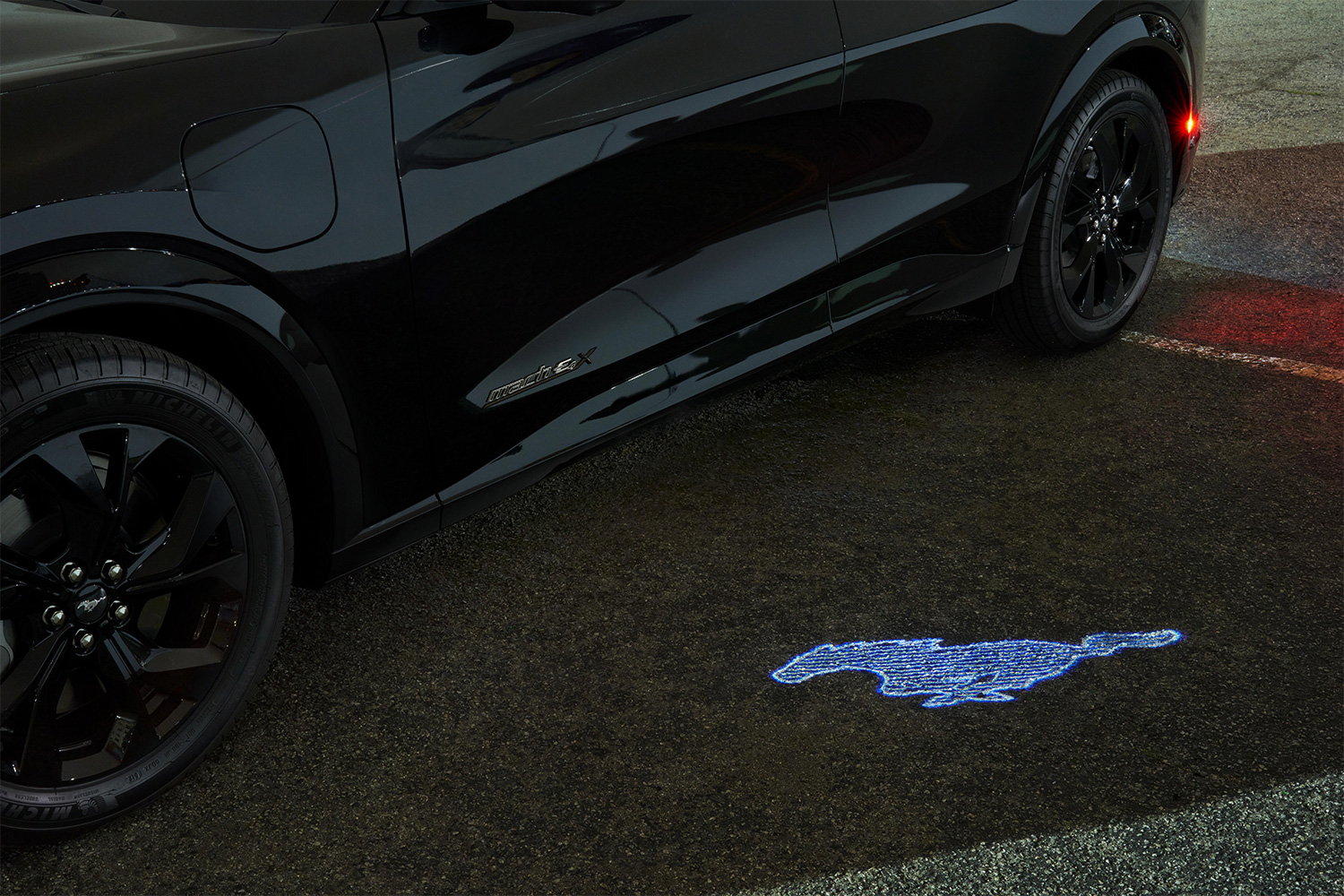
Growing Acceptance
From the latest data available, hesitance to the Mach-E seems to be fading, but not enough for Ford to go all in on electric vehicles. After beginning deliveries in late 2020, the automaker produced its 150,000th Mach-E in 2023; but after committing to plans to have more than two million EVs rolling off factory lines annually by 2026, it announced a pause in the rollout of new electric models and a refocus on hybrids, at least for the next few years. Ford will continue to produce and sell the Mach-E and F-150 Lightning, an electric truck, but the feeling is that sales are not moving fast enough to warrant production increases.
According to the company’s figures, sales of the Mach-E remain relatively steady. More than 9,500 units were sold in the U.S. in the first three months of 2024, which is up 77% over the same period last year; but the model is on track for similar full-year results as 2023, when almost 41,000 SUVs were sold.
When the Ford Mustang Almost Became a Mazda
In the 1980s, Ford secretly planned a major rehaul of the muscle-car icon. Then word got out.On the enthusiast side, there are Mach-E buyers like Michael Semon, who has personally owned multiple Mustangs as well as a Ford Edge ST, and whose father-in-law worked for Ford for 43 years. Semon had a Roush Stage 3 Mustang for a number of years, but ended up trading it in for a Mach-E GT Performance.
As Semon was an owner of a relatively limited-edition Mustang in the Roush, Ford Performance (the brand’s high-performance division) reached out and began a conversation with him and his wife about what they might want to see in a performance-oriented version of the Mach-E. Before long, the couple made the switch to electric.
“We went from the loudest [version] in the Stage 3 to the quietest Mustang,” Semon jokes.
For the Semons, there doesn’t seem to be much of an issue with the Mach-E not being a “true” Mustang. For all intents and purposes, it is. Michael says the EV is a great complement to the Mustang GT convertible they also own, and they enjoy getting the Mach-E up to speed, along with its handling and overall quietness.
“From day one, it has exceeded our expectations,” he says.
Then there are drivers like Devin in Washington, D.C., who was more interested in the electric side of the offering. He says he prefers the styling of the Mach-E compared to electric competitors from Hyundai, Kia and Tesla. (Devin asked his last name not be used in this story.)
“I can certainly see the Mustang inspiration in both the styling and driving characteristics,” Devin says.
He bought a used 2021 Mach-E GT Performance and doesn’t have plans to look at a newer model until the next refresh in 2025 or 2026. Even though he owns a higher-powered variant, Devin’s most concerned about the practical aspects of the car: He was looking for an EV that offered Apple CarPlay and didn’t carry the “ultra-minimalist” approach adopted by Tesla.
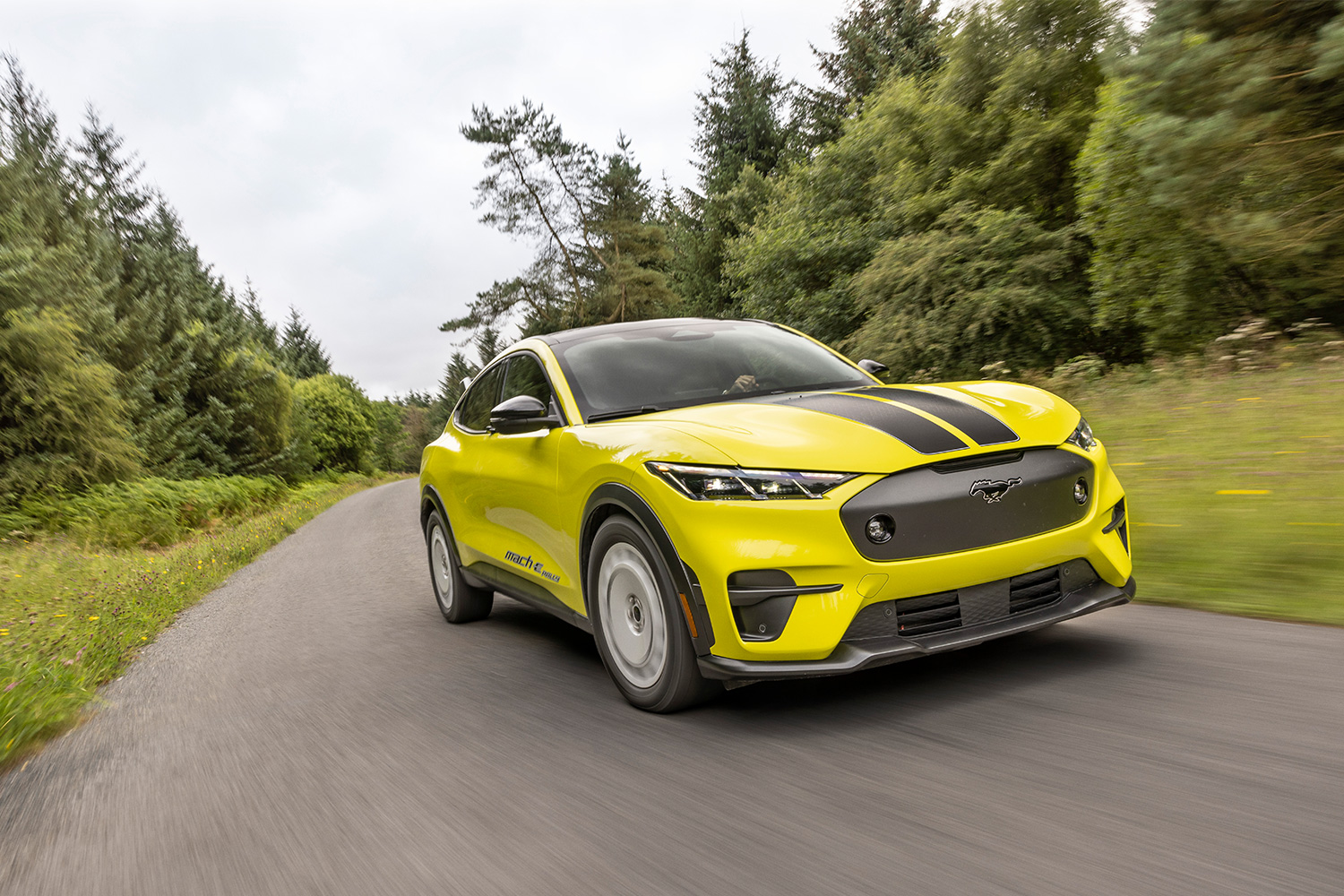
A Bridge for Ford’s Future
Tom Somerville, director of product marketing for enthusiast EVs at Ford, says that the Mach-E “exceeded our expectations in many ways,” primarily in getting new customers to try a Ford.
He says that 60 to 70% of Mach-E buyers are first-time Ford customers, and it’s opened more people up to the Mustang lineage. As for whether Ford sees the Mustang name gamble as having paid off, he says, “We’re more or less past the perception conversation.”
Cole tends to disagree. He says that the crossover is still not well-received by the Mustang community at large, but concedes that the vehicle allowed a different type of person to enter the Mustang world, and “create a bridge that wasn’t there yet.”
Whether enticing enthusiasts or everyday buyers, Ford clearly is putting stakes down for the future of the Mach-E. Orders are already open for the Mach-E Rally, which will be the first production Mustang to go off-road. Somerville says that the variant was conceived in a fast 16 months as a response to customer feedback and that Ford “is very committed to the Mach-E going forward.”
Although the Mach-E is not moving large numbers compared to Ford’s top sellers (the gas-powered Explorer SUV, for example, sold over 58,000 units in the first quarter of 2024), it is demonstrating that the company can leverage its legacy to reach new customers. The Mustang badging only seems to bother a small portion of the overall buying public as they consider a Mach-E over a Tesla Model Y or Kia EV6.
“Whether it’s a ‘real Mustang’ or not, I don’t really care,” Devin says. “I enjoy the car.”
This article was featured in the InsideHook newsletter. Sign up now.
